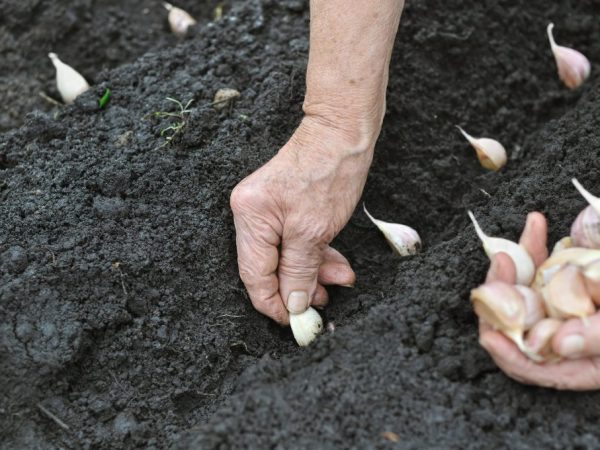Growing family garlic
Family garlic allows you to grow much more harvest than from seeds or garlic cloves of classic varieties. It grows in whole bushes, is high-yielding.

Growing family garlic
Description of family garlic
Family garlic is a common bush garlic variety. It is named so because instead of one garlic head, a whole garlic family is formed - 4-5 bulbs each. Although its bulbs are not as large as those of ordinary varieties, many summer residents note that it has a fragrant smell and less pungent taste compared to the classic garlic culture.
Family garlic is stored exactly the same as ordinary varieties - about 9 months.
It is believed that the multifaceted nature of the garlic culture is not typical for Russian climatic conditions, and many gardeners are sure that the small homeland of family garlic is somewhere in the Central Asian zone.
Family garlic in cultivation is unpretentious, but its cultivation has its own characteristics. If you follow the rules for planting family garlic and care, you can get the expected harvest.
Landing features
For family garlic, you can choose one of two available planting methods:
- before winter (winter), which is planted in autumn,
- or for the summer (spring). It is planted at the onset of spring heat.
It is believed that summer, spring yields more harvest. Shooting is often observed in a plant planted for the winter, which reduces yields.
Planting directly depends on the temperature regime of both soil and air. Do not plant a garlic crop before the temperature reaches 5 ° C. Such a period usually falls on the last days of April, and during a long winter, it can be in the first days of May.
In any of two possible ways, the family variety is planted in cloves - cloves.
Scheme

When planting, the seeds are deepened by 5 cm
The planting scheme for a spring vegetable assumes the presence of inter-row distances of 0.2-, 0.5m and between the cloves - 15-20cm each. Garlic bulbs are planted to a depth of 5 cm with the bottom down. When planting winter crops, the cloves are deepened by 10-15 cm.
Soil requirements
For the family variety, it is recommended to prepare light, non-acidic and mineral-rich soil. For growing family garlic, heavy and sandy soils are absolutely not suitable. To increase the fertility of the soil, it is fertilized:
- add clay to the sandy soil, or vice versa, add sand to the clay soil. Consumption in both options is up to 3 buckets of the missing component per 1 sq. M of planting area;
- reduce acidity by adding limestone. It is advisable to do this one year before planting the garlic cloves.
The formation of high ridges with a width of 1 m allows avoiding an increased effect on the garlic planting of thawed or groundwater.
Fertilizers
The soil where you intend to grow family garlic is recommended to be fertilized with mineral complexes and organic matter.This can be done with compost or wood ash (10 liters per 1 square meter), potassium sulfate and monophosphate, or superphosphate. Also, many summer residents use ready-made fertilizer complexes designed for growing onion and garlic crops.
If the garlic grows healthy and yields a good harvest, you can not use fertilizer complexes at all.
Care requirements
Family garlic does not require any special conditions. Moreover, until sprouts with a height of about 10 cm appear, with beds where garlic bulbs are planted, many gardeners do nothing. This variety is considered disease resistant.
The main methods of seedling care:
- mulching. For this, grass is best suited, it is laid out in rows 5-10 cm high, the mulching process can be replaced with more laborious loosening and weeding;
- watering, which must be done no more than 1 time per week until June, in the absence of mulch. If, instead of mulching, weeding and loosening are carried out, the frequency of watering should be increased to 2 times a week.
When the leaves on garlic plantings begin to turn yellow and dry, then the onions are ready to be harvested, which should not be put off, otherwise the fruits will absorb excess moisture.


